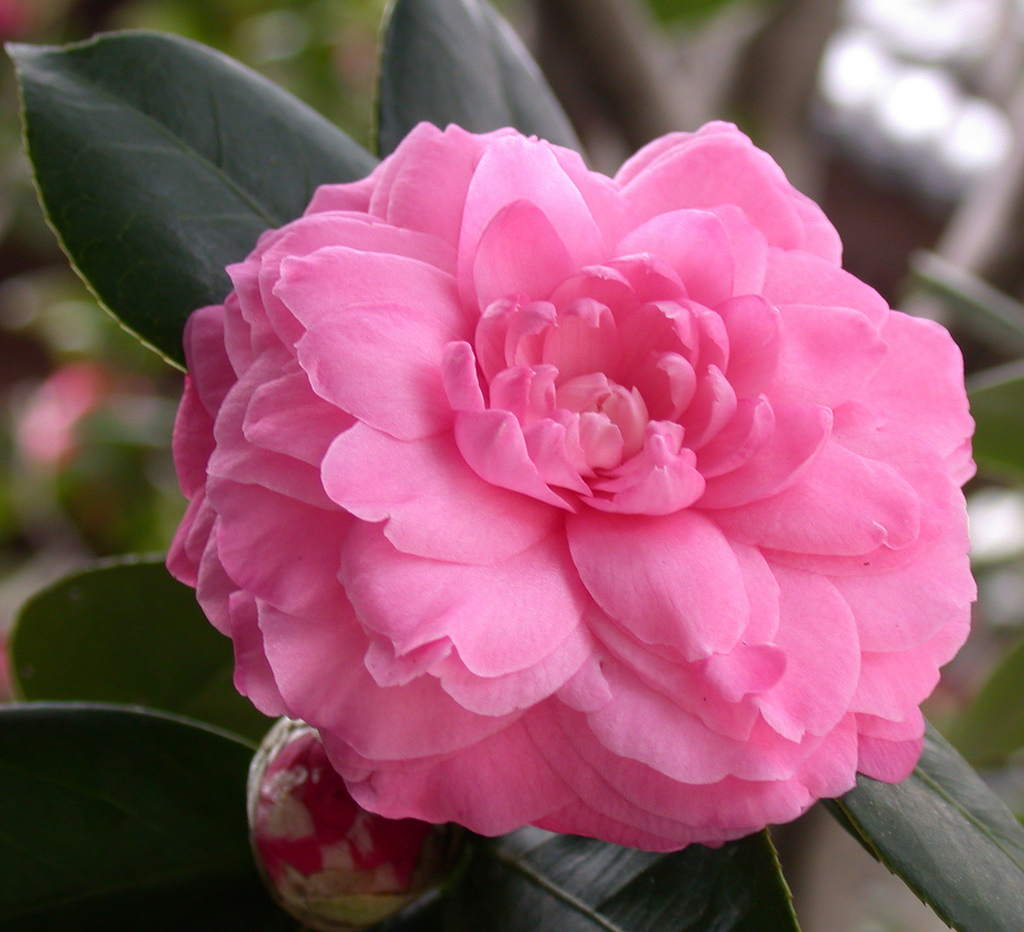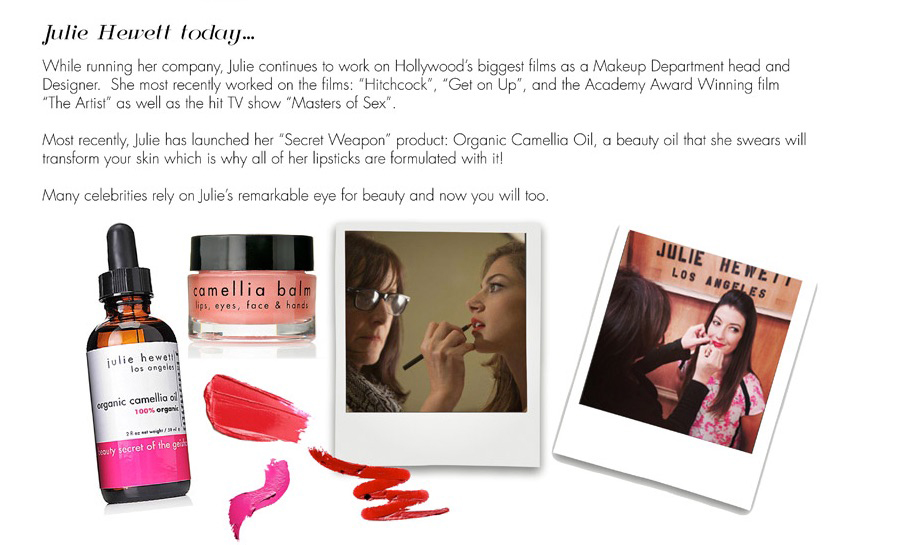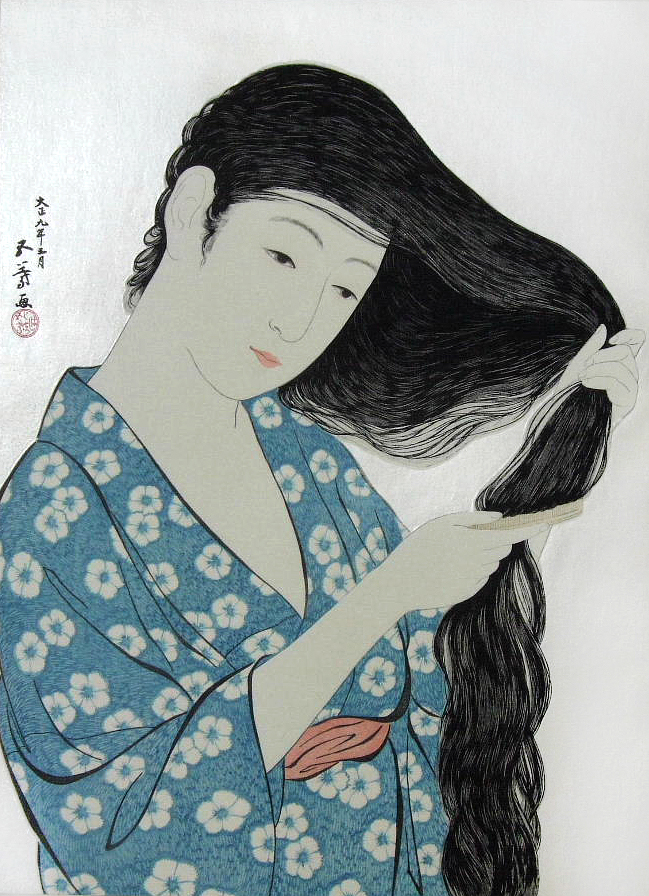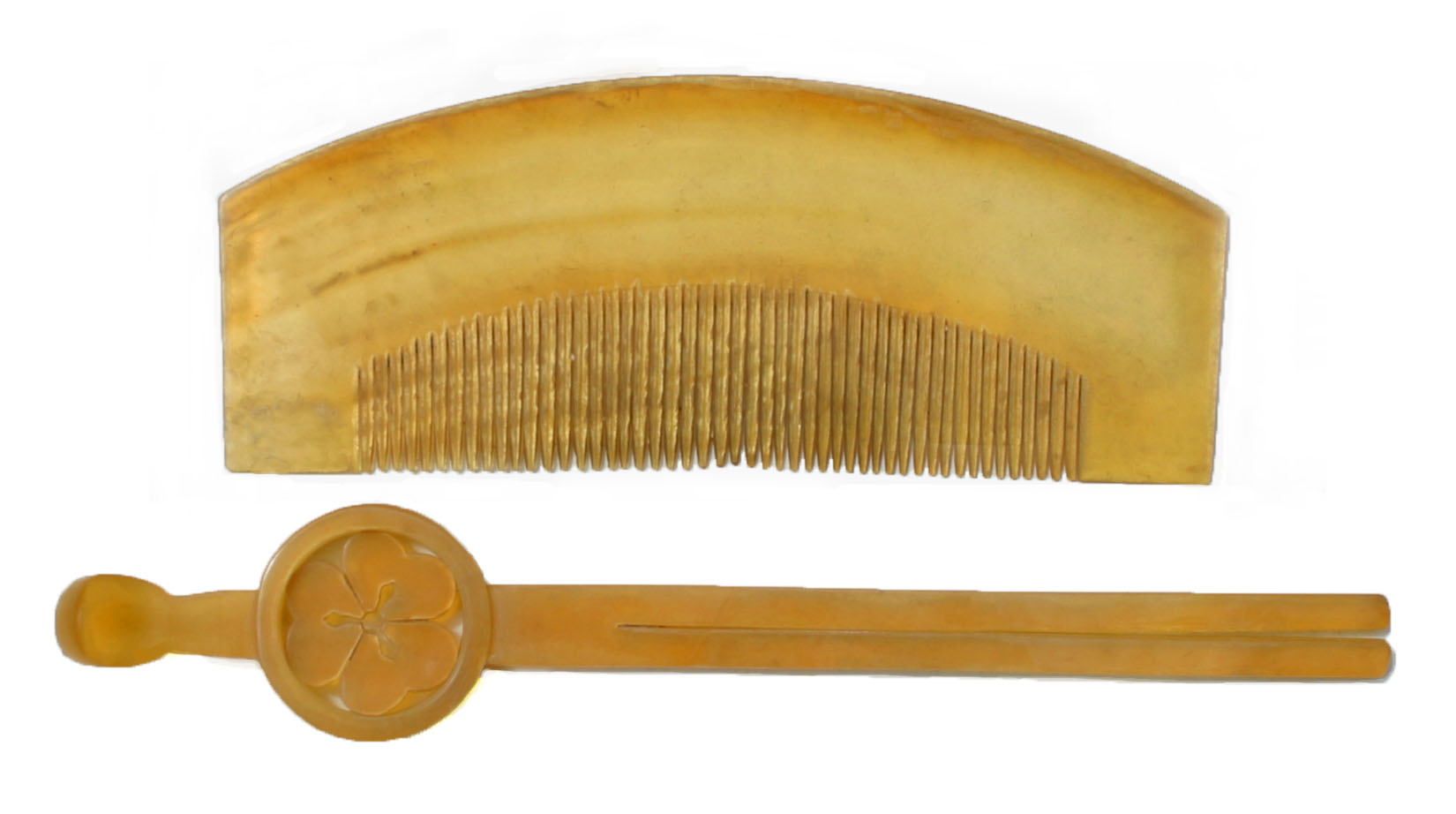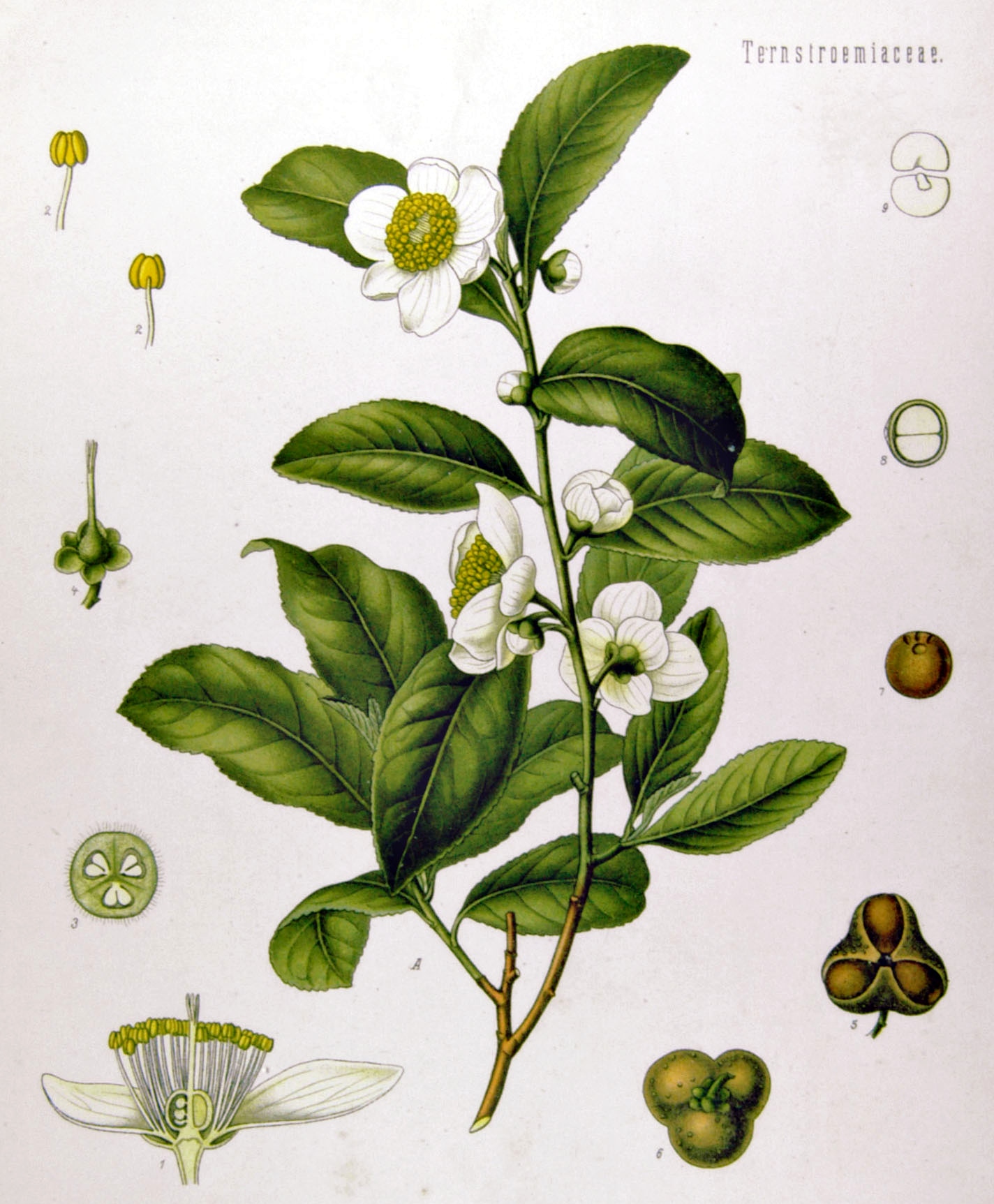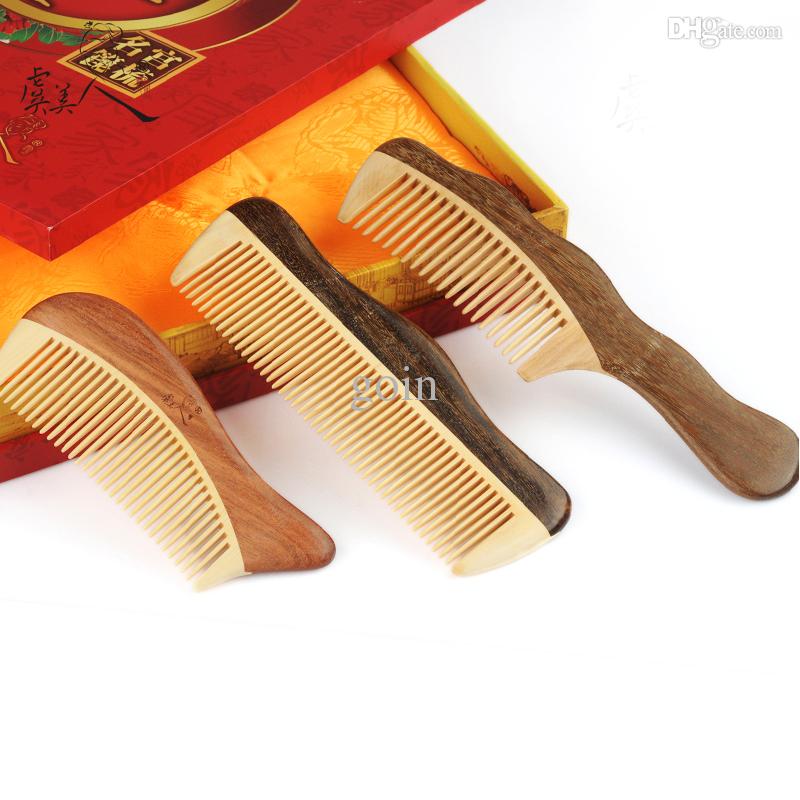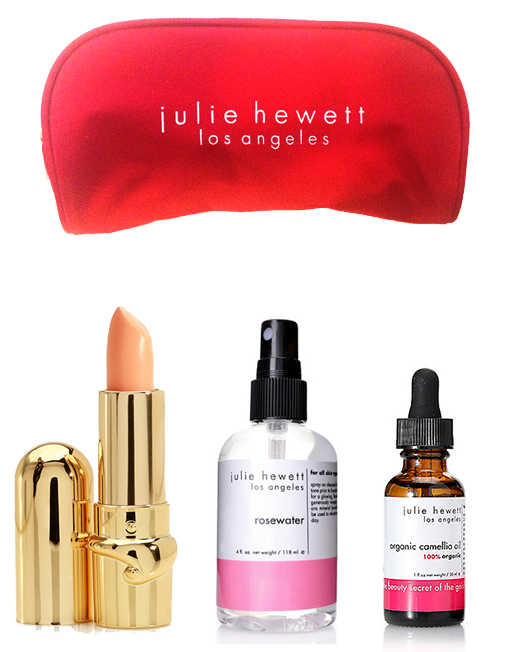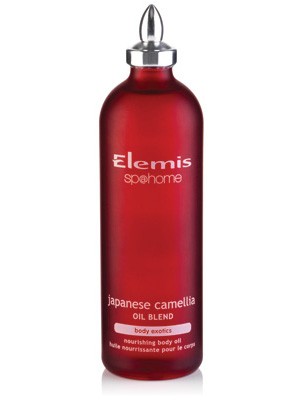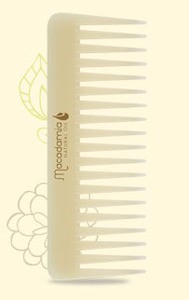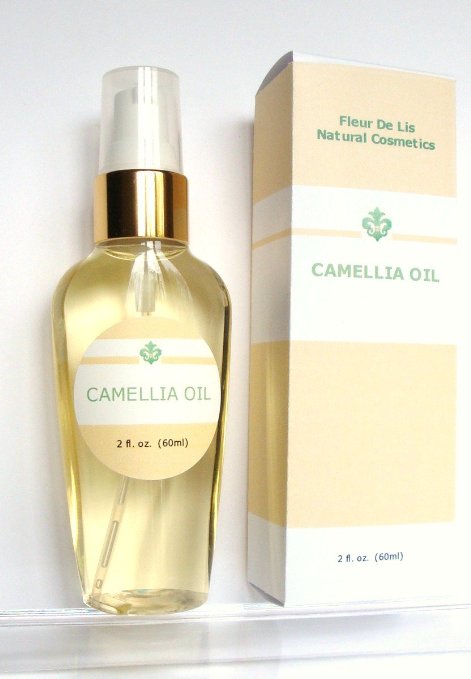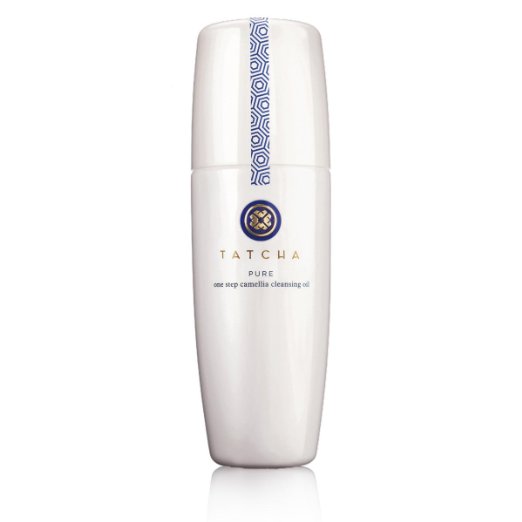Camellia Oil The Beauty Secret of the Gieshas
Camellia Oil
Hello here we are once again on week 214 and we are bringing you information for an amazing oil, CAMELLIA OIL. This oil has been used for thousands of years in Japan. The Geishas used it on their hair and all over their skin, now a days it is used in the cosmetic industry like a new discovery the same way many other products that have resurfaced, once again.
I always keep Camellia oil around for my skin, and as a matter of fact we also use it for frying in my husbands catering business due to the fact that it has a very high burning point and it does an incredible job in the kitchen, as well. So here we go, enjoy and give Julie Hewett Camellia oils a try, her products are of excellence. She is a very talented and well accomplished make up artist in the film industry with remarkable credits. I met her many years ago and always hold her in a very high place, she has many artistic attributes but what impresses me the most about her is her integrity and drive. We are very proud to introduce her.
http://www.juliehewett.net/product/100-organic-camellia-oil/
http://www.juliehewett.net/product/organic-camellia-balm-natural-in-pot/
http://www.juliehewett.net/product/camellia-balm-stick/
About Camellia Seed Oil
from: http://www.eco-beauty.com/camellia-seed-oil-info.html
For thousands of years Camellia oil has being assigned as the beauty secret of the Geishas. This very precious oil has been recognized for centuries in Eastern Asia for its highly restorative, revitalizing and reviving effect on skin. Today, this oil is used in some of the most reliable high end beauty formulas.
Camellia seed oil comes from the plant Camellia oleifera that grows in the mountains of South Eastern Asia. Camellia Sinensis, another well-known variety, is a tea plant and the source of Black and Green Teas. The seeds of the Camellia plant are harvested and the oil is extracted with an oil press. The best kind is the cold virgin pressed oil.The extracted oil has a light, yet very lively aroma.
The Camellia oil has an outstanding moisture retaining ability and is one of the most rapidly skin absorbed plant oils in the market. The unique molecule make-up of the oil allows it to penetrate into the deepest layers of the skin; much like water, What a great attribute, leaving the skin smooth and supple. The non-drying and non-clogging oil is very rich in mono-saturated essential fatty acids. It is particularly high in oleic acid that exceeds the level of mono-saturated essential fatty acids of olive oil. Camellia oil also contains vitamins, A, B, and E and various minerals, P, Zn, Ca, Fe, Mn, and Mg. Furthermore, camellia oil possesses a unique active constituent known as Squalene which is also an important component of the skin’s natural emollient system. A deficiency of squalene may result in dry skin and premature aging, resulting in lost of elasticity and sagging skin.
Camellia oil contains an excellent emollient and wonderful moisturizer properties. With that being said, camellia oil helps to restore proper pH balance and has a buffering quality that acts as an effective shield to protect skin from penetration of environmental pollutants. Camellia Oil protects skin from drying out while replenishing vital nutrients. It smoothes rough and flaky skin, soothes and calms easily irritated skin, and blocks out ultra violet rays great for Sunscreen time!. Used regularly, pure unrefined camellia oil will help to maintain and restore harmony, protect from spots and decreased hyper pigmentation. Used around the eyes and mouth, it softens creases and tiny maturity lines. For men, Camellia Oil makes a wonderful skin soother and after shaving.Applied regularly it will keep the skin conditioned and aids in preventing shaving burns.
Camellia Plant Seeds
Skin Care Benefits
- Also Camellia oil can be used as an emollient for dry skin and even help with acne, rashes and other inflammatory skin conditions. It is a light, easily absorbed oil that can be used as a moisturizer for dry, rough spots. The oil is said to help prevent and smooth skin creases and stretch marks and aid with scars. It is also used to strengthen and promote healthy growth of fingernails by massaging the oil into the nail and to deep condition cuticles.
Hair Care Benefits
- History research says that geishas soaked their wooden combs in the oil overnight to help nourish the scalp and hair. You can buy camellia oil hair products with the oil as the main ingredient or you can use the pure oil as a hot oil treatment or a pomade. You can purchase organic camellia oil at many health food stores or order it on line is an extensive supply of it.
Geishas Wooden comb
Misconceptions
Camellia oleifera may be confused with Camellia sinensis, from which green tea is derived. They are similar but from different families of camellia. Camellia oleifer is the seed used for camellia oil. A combination of sinensis and oleifer is used at times in different products. Camellia oil is referred to as tea seed oil as well, which causes confusion with tea tree oil, which is from the leaves of Melaleuca alternifolia, a plant native to Australia that is not edible like camellia oil.
Properties
Camellia oil exerts many therapeutic properties. They have healing and nutritional power, making them fit for use even in medicinal formulations.
Emollient – Tea seed oil is a brilliant moisturizer.
Antioxidant – Camellia oil, like green tea is a superb antioxidant. It resists rancidity strongly.
Hair conditioner – used as a traditional hair treatment in the ancient times in China.
Cicatrizant – promotes recovery of wounds and scrapes.
Anti-Aging – protects the skin from free radical damage due to its antioxidant. Reduces ageing due to the skin and other environmental free radicals.
Anti-microbial – It stops the proliferation of microbes. It is especially notable for its anti-fungal properties.
Lipid Lowering Effects – reduces LDL cholesterol and triglycerides.
Emulsifying Agent – This means that tea seed oil quickly emulsifies other fats. This makes it a nice additive to cosmetic products whether they are commercial or home-made.
Insecticide – useful as a pesticide for certain agricultural crops.
Immune booster.
Anti-mutation – This means that it can prevent certain cancers from even occurring.
Astringent – It has a mild astringent effect which makes it good for treating injuries and scars.
Anti-inflammatory – reduces inflammation on the skin.
Neuroprotective – reduces damage to the nervous system.
Anti-diabetic – has blood glucose lowering ability.
Analgesic – natural pain reliever.
Anti-Allergic – can help in suppressing an allergy.
Japanese Camellia oil
from: https://wawaza.com/pages/How-to-Use-Japanese-Camellia-(Tsubaki)-Oil.html
Japanese Camellia oil is best when obtained by cold pressing wild-harvested seeds of the Camellia japonica flower (called Tsubaki in Japanese) without any harsh chemical or high heat refining.
Benefits
Japanese Camellia oil is a rich source of Palmistic and Omega-6 Linoleic fatty acids, as well as numerous anti-aging polyphenol antioxidants.
It is an emollient ( soften skin and hair), and approximately 82% of its fatty acids are composed of Oleic fatty acid (Omega-9).
Omega-9, a remarkable transdermal carrier, is very effective in enhancing skin’s moisture retention ability.
It is quickly absorbed and permeates deep into lower layers of skin, promoting cell growth and giving skin support and flexibility.
- Hair Care
- How to Use as Daily Conditioner
- Deep Treatment Pack
- Use With Seaweed Hair Cleanser
- Applying With Tsuge Wood Comb
- Skincare and Facial Use
- Vitamin E and Sunblock Claims
- Use in Combination with Rice Bran Oil
- Body Care
- Nails and Cuticle Care
- Camellia Japonica and Other Varieties
- Camellia Japonica, Sinensis and Oleifer Differences
- Collection of Matured Seeds
- Cold Pressing
- Heat Extraction
- Solvent (Chemical) Extraction
- Why Are Unrefined Oils Better?
Hair Care
With its golden color and creamy texture, Japanese Camellia oil has been responsible for the classic, legendary beauty of Japanese hair for centuries.
In Japan, Camellia oil is commonly used as a leave-in, best when applied to damp hair such as after showering. How much to apply is a matter of personal preference. A little goes a long way, though you can apply as much as you like. Geishas and maikos apply a lot, for the distinct Japanese traditional glossy hair look they prefer.
For difficult hair, it can also be applied to hair before washing to untangle hair and make it more manageable.
The benefit list of Camellia oil for hair care is long:
- Softens hair and makes it more manageable
- Restores hair’s natural sheen
- Helps hair retain moisture
- Forms a barrier against environmental pollutants
- Repairs breakage and split ends
- Treats dry scalp and itchiness
- Help prevents dandruff
- Treats damage from perms and coloring
How to Use for Hair Care
For Japanese, the most common use of Camellia oil is to apply it to hair after washing.
- Towel dry hair after washing.
- Put a few drops of Camellia oil into your palms and spread well.
- Starting from the top, apply into hair and scalp using fingertips.
Pay special attention to hair ends, They tend to be drier and more subject to breakage and damage.
OK to apply to dry hair on days you do not wash hair.
Use As Deep Treatment Pack
As a deep hair treatment pack, Camellia oil helps restore brilliance to dull hair and treat damage from heat, perms and coloring.
- apply a few drops into hair before shampooing hair.
- Cover with shower cap, and wrap with towel (to keep it warm) for 20-30 minutes, you can sit in the sun and let it soak. You can extend this time to up to one hour.
- Shampoo and rinse and use a conditioner in the ends of hair as usual.
Use With Seaweed Hair Cleanser
Japanese Camellia oil can be used as moisturizer and conditioner after washing hair with seaweed.
Seaweed hair cleanser comes in form of powdered seaweed. It is mixed with water to produce a gel-like mixture. The mixture is applied in a variety of ways. The traditional Japanese method is to use it by itself. However, it can also be used as a deep treatment pack with camellia oil, or mixed with shampoo.
How to use
Washing Hair – Mix a little less than 1/2 teaspoon of seaweed powder with 3 tablespoons of hot water. Let mixture cool down before use. Apply mixture slowly into hair and onto scalp. Rinse well. Towel dry hair. Apply Camellia oil.
Deep Treatment Pack – Mix 1 teaspoon of seaweed powder with 3 tablespoons of hot water. Wash hair as normal (without using the mixture.) Towel dry hair. Apply mixture to hair. Cover hair with cap for 15-20 minutes. Rinse well. Towel dry hair. Apply Camellia oil.
Applying With Tsuge Wood Comb
Applying Camellia oil to hair by hand is OK. Going over it with a wood comb results in a much better and more even coverage make sure to be gentle with the combing wet hair is very fragile. It is a good idea to let hair dry before combing, as you should never comb your hair when it is wet.So we prefer doing the application on dry hair
Japanese traditional combs are made from Tsuge (Boxwood — one of the densest, hardest types of wood. They are polished, one tooth at at time, to a very smooth finish.
The wood teeth have microscopic pores which pick up and re-distribute Camellia oil in a thin, even layer throughout hair. This promotes natural shine and gloss and even coverage while using less oil.
Tsuge combs do not snag, since their teeth are seamless. They are also anti-static as not to cause frizz when combing.
Skincare and Facial Use
Skin Rescue Kit: Rosewater Toner, Camellia Balm Stick, 1oz. Camellia Oil
Absorbs Quickly Deep into Skin Restoring Bounce and Elasticity
Camellia oil is a fast-absorbing moisturizer. It has a silky, creamy texture and is non-comedogenic (does not block skin pores, and does not contribute to acne breakouts.) Among other benefits, it is a transdermal carrier of cell rebuilding nutrients and bioactive compounds (collagen and elastin) into skin, which repair damage caused by dryness, sun exposure and aging and general oxidation.
How to Use
- Pump a small amount into the palm of your hand.
- Rub your palms together to spread the oil into a thin layer, more is not better.
- Pat the oil over your face and neck. Do not rub hard just have a little ceremony for your self.
- Spread the oil in small circular motion till its absorbed, with clean hands.
For small wrinkles and blemishes, add a small drop to your fingertips and apply directly on the areas you need, patting it softly.
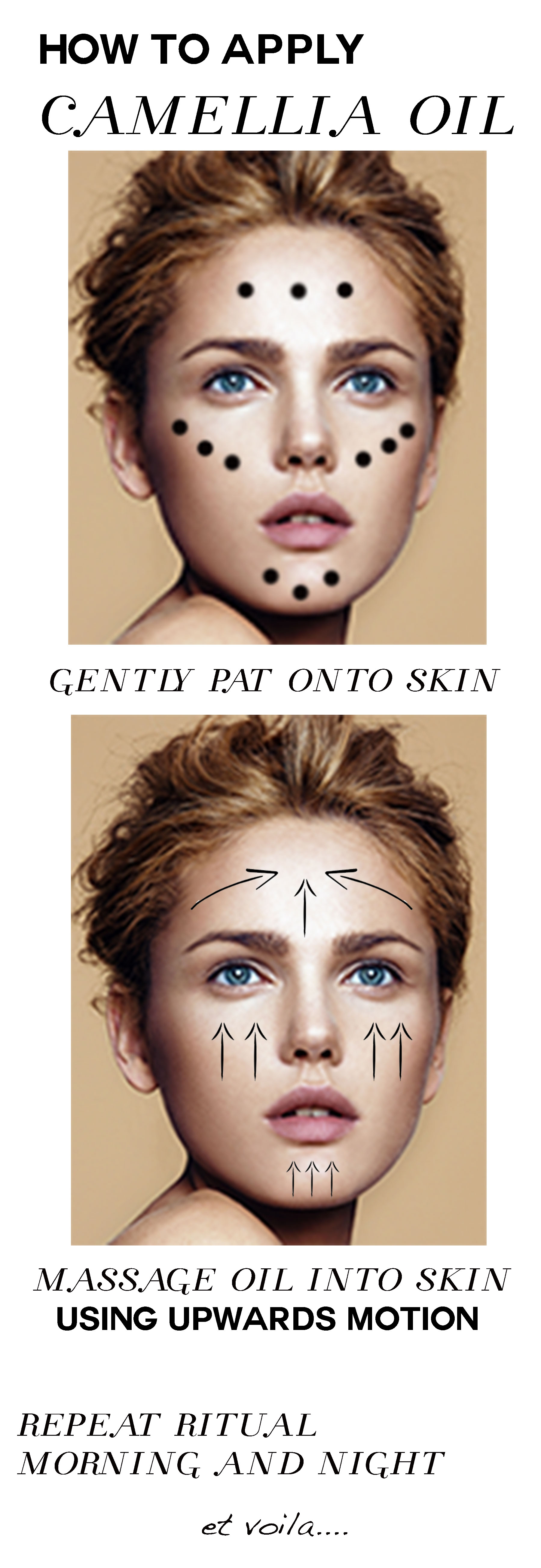
Vitamin E and Sunblock Claims
Vitamin E
Although there are numerous claims that Camellia oil is rich in vitamin E, such claims are simplistic at best, and can be misleading.
Vitamin E comes in many forms. Notable ones are Tocotrienols, the so-called “super vitamin E”, and the more common (and much less effective of the skin) Tocopherols.
While Camellia oil contains only moderate levels of the Tocopherol variety vitamin E (about 60 mg/1000 g), it is not a noteworthy source of Tocotrienols for most part.
For high Tocotrienol content rice bran oil at 600-800 mg/ 1000 g is by far a better choice, if that is what your looking for.
Sunblock Properties
Common claims of Camellia oil having significant sunblock properties are a bit exaggerated, I would still use your preferred sunblock after the oil sinks in.
In fact, all vegetable-based oils, including Camellia oil, have a low SPF (about 3-5) and should not be used as a primary sunblock regimen.
Use in Combination with Rice Bran Oil
Some prefer to apply Camellia oil in combination with rice bran oil to take advantage of their different benefits. Among other things, rice bran oil is a significant source of Tocotrienol, as well as an anti-aging antioxidant called Gamma-oryzanol.
Mixing the two oils together is not the best way to go, since it cuts the effectiveness of each oil in half. Instead, they are best applied separately. Both get absorbed into skin rapidly, and one can be applied in about 15 minutes after applying the other.
Body Care
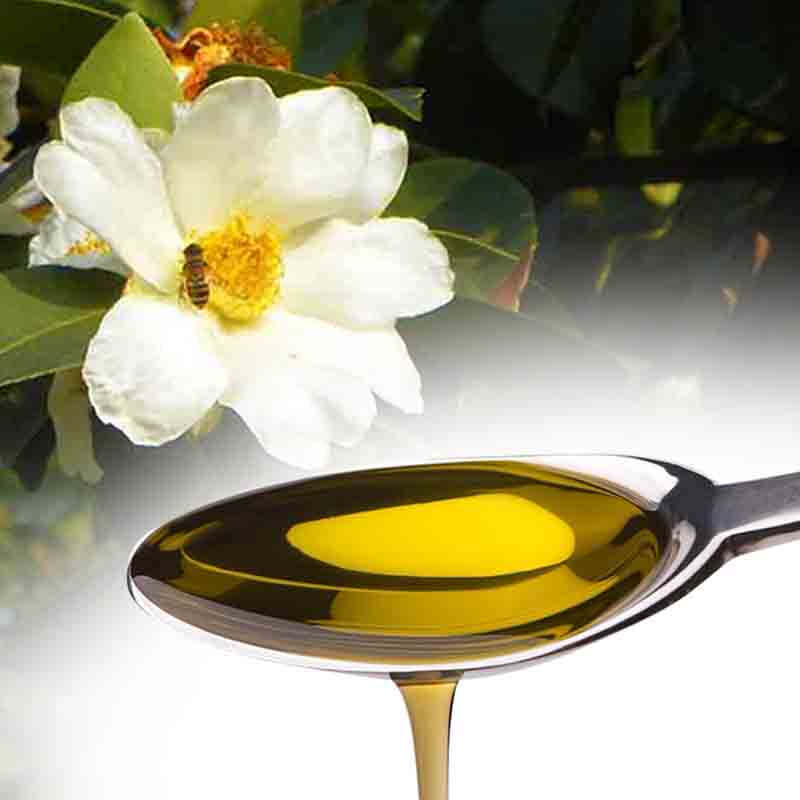
For Bouncy Skin and Softer Elbows, Knees and Heels
Camellia oil is a nutrient and antioxidant-rich skin moisturizer and softener (emollient), and its fatty acids contain powerful agents for retention and enhancement of skin moisture.
The oil is fast absorbing and penetrates deep into the lower layers of skin, enhancing natural cell growth and bounce.
- Moisturizes, nourishes and softens skin
- Restores bounce and elasticity
- Diminishes fine lines and wrinkles
- Repairs stretch marks such as in after pregnancy
- Heals minor acne scars
Japanese Camellia oil also does an excellent job to soften rough skin in areas such as elbows, legs, knees and heels.
How to Use
Apply a small amount to damp skin (best after showering or taking a bath.) Apply gently and thoroughly till completely absorbed.
Use morning and night, or as often as needed.
Nails and Cuticle Care
- Softens dry or brittle nails and rough cuticles
- Helps alleviate discomfort from dry skin under
- Keeps nails nourished, smooth and shiny
How to Use
Add one or two drops to a cotton pad and wipe nails and cuticles. Best after showering. After a few days, you will notice that your nails and cuticles are softer and smoother and look healthier.
The Camellia family of plant includes a very large number of species. Besides the all important Camellia japonica (Tsubaki), the Camellia family includes many other plants such plants are Camellia sinensis (the common tea plant) and Camellia oleifera (notable for its edible properties).
Though they all are commonly referred to as “Camellia”, they have important differences and should not be confused.
Camellias Japonica, Sinensis and Oleifera Differences
Camellia japonica
The true Japanese Camellia. Also called Rose of winter, and Tsubaki in Japanese. The oil from its seeds is known in Japan as Tsubaki-abura.
The Japanese Camellia tree (Camellia Japonica) is native to southern Japan. The most common variety is the classic red Camellia known as Yabu-Tsubaki (wild Camellia.) Yabu-Tsubakis are easy to recognize. They are dark pink to red, with 5-7 petals which connected at the bottom in a cup shape. The upper-sides of the leaves have a distinct waxy coating which sparkles in the light. The Japanese name Tsubaki is believed to have been shortened from “tsuya-ba-ki” or “shiny leaf tree”.
The Tsubaki tree blooms in winter and early spring, when the much-admitted beauty of its flower is a common sight in cities and in countryside. Its all-important seeds are harvested in fall.
Camellia sinensis
The plant which all teas come from. Two major varieties of Camellia sinensis are: var. sinensis (small-leaved teas), and var. assamica (large-leaved teas). Leaves of various species produce all teas including green (Sencha, Matcha,..), black (Darjeeling, Ceylon,..), Pu-erh (Qing Cha, Shu Cha,..) and Oolong (Jade, Wu Yi,..). The oil from its seeds is known as Tea Oil Camellia.
Camellia oleifera
Notable source of edible oil. Very similar to olive oil in composition, with its fatty acids containing about 72% Oleic acid. The oil from its seeds is commonly known as Oil-seed Camellia as well as Tea-seed Oil.
Collection of Matured Seeds
The traditional Japanese method for collecting Camellia seeds is to gather the seed pods by hand after they have fully matured.
This is a time consuming, manual process which ensures that the seeds are at their peak maturity and have reached their maximum potential. The oil pressed from such seeds has an exceptionally deep golden color and a rich, velvety texture.
The collected seed pods are then sun-dried. The process results is the woody shell of the pod to naturally crack open, exposing the seeds inside.
Oil Extraction
Camellia oil retains its maximum benefit when it is extracted by Cold Pressing, without undergoing any refining process.
Lesser quality Camellia oils are extracted by either Heat Extraction or Solvent (Chemical) Extraction. Such oils also undergo various levels of heat or chemical refinement to make color and texture uniform.
Cold Pressing
Camellia oil for beauty application must be free of chemicals and must contain the fullest possible amount of its natural anti-oxidants and nutrients.
Cold pressing, a labor-intensive mechanical process, ensures that the maximum possible amount of oil’s character and nutritional content are preserved.
Cold pressing yields only about 20-30% of the seeds available oil. This is the reason for the relatively higher cost (and lower availability) of cold pressed high quality Camellia oil.
Heat Extraction
Heat pressing is the application of high heat in conjunction with mechanical pressure to extract more oil from seeds.
Heat extraction increases the yield to 60-70% of oil available in the seed, and lowers production costs. However, the introduction of heat changes the composition of the oil and significantly lowers its anti-oxidant and nutritional properties.
Solvent (Chemical) Extraction
Large manufacturers, to fully extract the seed’s oil, use high heat along with powerful carcinogenic solvents such as ethanol or Hexane, a petroleum byproduct. Adding solvents to the heat extraction process increases the yield to up to 98% of the available oil contained in the seed.
Solvent extraction lowers production costs – and oil’s health benefits – even more than heat extraction, as the oil undergoes temperatures of up to 150° C (about 300° F) under extremely high pressure to keep it from boiling.
The process is followed by distillation to remove the solvents (ethanol or Hexane) from the extracted oil to the extent practical. However, residual solvents remain in the finished oil, although these may only be in trace amounts.
Cold Pressed vs. Cold Filtered
While Europe has rigorous standards in place for the terminology of cold pressing, similar phrases such as “cold filtered” have been used erroneously, especially in the U.S. and Australia, often employed as a marketing technique.
“Cold filtered” oils are not necessarily cold pressed. They could very well have been processed at high heat and using chemicals, and then filtered after being cooled.
Why Unrefined Oils are Better
Unrefined oils are ones that have not been subjected to high heat or chemicals for controlling color and scent. They maintain the maximum amount of oil’s original character, and are untainted by chemicals.
Large manufacturers need to control the batch-to-batch differences in their supply chain to make the final product uniform. They employ various “refining” techniques for this purpose.
Refining allows control of color and scent of oil by using combination of chemical, filtration or heat processing.
Refined oils are less expensive to produce, since the process makes it possible to make the final product always uniform and look and feel the same, regardless of using different grade oils.
Refined oils lose important nutrients and antioxidants in the process. Depending on the type of the refining process, there is also the possibility that trace amount of chemicals remain in the finished oil.
Elemis Japanese Camellia Oil Blend
Easily absorbed and rich in plant collagen, it is ideal for helping to prevent stretch marks whilst pregnant and improving skin elasticity and condition over the whole body.
Macadamia Natural Oil Healing Oil Infused Comb
Camellia Oil 100% – Pure Cold Pressed, Organic
- 100% Pure, Cold Pressed, Organic, processed without heat or chemicals
- Rich in polyphenols, high in vitamins A, B, D and E, various minerals, Omega 3, 6 and 9 fatty acids
- Has protective and antiseptic properties, wonderful for all skin types including ultra sensitive, oily, combination, and acne prone. Promotes skin rejuvenation. For best result use after Fleur De Lis Natural Cosmetics Rice and Papaya Enzyme Powder Cleanser.
- Virtually odorless and possesses only a very slight herbal aroma
- Prevents free radical damage, provides moisture and velvety softness to the skin and hair
TATCHA Camellia Cleansing Oil Face Wash
- A beautiful blend of camellia and rice bran oils.
- Melts away even waterproof makeup leaving skin fresh and pure.
- 1-Step, no double cleansing required.
- Safe and effective for all skin types.
